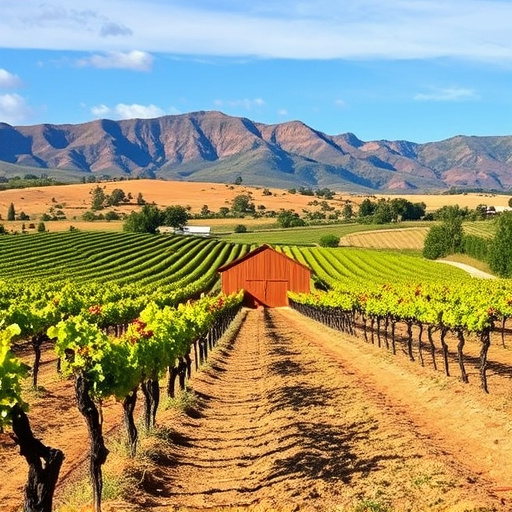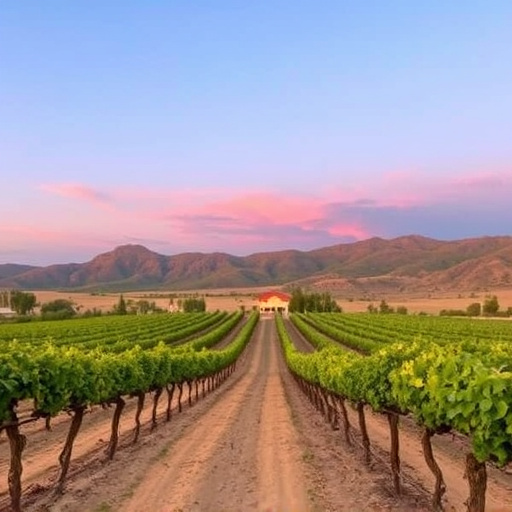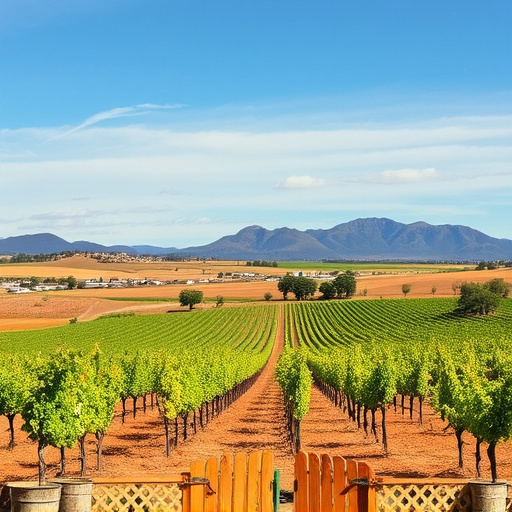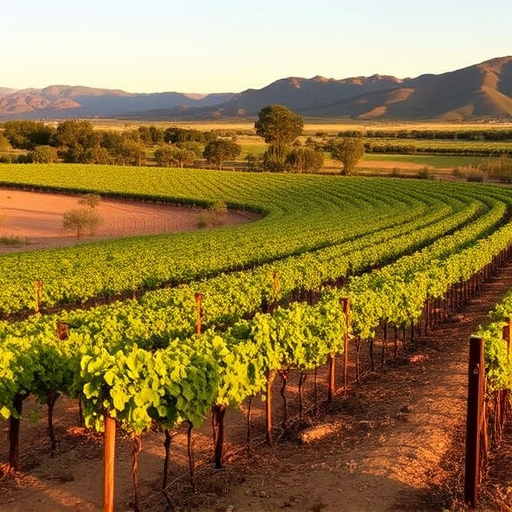The Sonoita region in Arizona is renowned for its diverse microclimates, which create varied growing conditions for grapes, resulting in a unique range of wine styles. North and east-facing valleys offer cooler temperatures, enhancing acidity and fruitiness, while south-facing slopes receive more sunlight, leading to higher sugar content and fuller-bodied reds. These variations make Sonoita a viticulturist's dream, known for its vibrant and diverse vineyards (#VineyardsSonoitaAZ) producing distinctive wines that cater to wine enthusiasts exploring local vintages.
“Uncover the enchanting world of microclimate wines in the neighboring Sonoita region vineyards, Arizona. This article delves into the intricate dance between weather patterns and viticulture, exploring how unique microclimates shape the distinct characteristics of each vineyard’s wine production. From temperature variations to sunlight exposure and rainfall, we compare and contrast neighboring Sonoita vineyards, highlighting the diverse varietals and techniques that make their wines truly special. Prepare for a sensory journey as we guide you through this remarkable wine region.”
- Microclimates in the Sonoita Region
- – Unique weather patterns and their impact on vineyards
- – Comparison of temperature, sunlight exposure, and rainfall among neighboring vineyards
Microclimates in the Sonoita Region

The Sonoita region in Arizona is renowned for its unique microclimates, which play a pivotal role in shaping the character of wines produced in the area’s numerous vineyards. This diverse landscape encompasses various microclimatic zones, each offering distinct growing conditions that influence grape ripening and wine quality.
One notable aspect is the variation in temperature, humidity, and sunlight exposure across different elevations. The region’s higher elevations, found in certain vineyards, benefit from cooler temperatures, leading to slower ripening grapes with higher acidity, which are ideal for producing crisp white wines. In contrast, lower-lying areas experience warmer climates, favoring fuller-bodied red varietals with richer flavors. These microclimates enable winemakers to cultivate a diverse range of grape varieties, contributing to the region’s reputation as a leading wine producer in Arizona’s vibrant vineyards sonoita az.
– Unique weather patterns and their impact on vineyards

The unique microclimates of the Sonoita region in Arizona are a viticulturist’s dream, offering diverse weather patterns that shape the character of each vineyard. This area is known for its distinct and varied terroir, where nearby vineyards can experience significant temperature differences due to elevation changes and surrounding landscapes. The region’s hot, dry summers and mild winters create ideal conditions for grape growth, but it’s the microclimates within each vineyard that truly make them special.
Shaded valleys, facing either north or east, stay cooler during the day, providing a respite from the intense Arizona sun. This contrast can result in grapes with distinct flavor profiles, where acidity and fruitiness flourish in these sheltered areas. In contrast, south-facing slopes bask in more direct sunlight, warming the grapes and contributing to higher sugar levels, often leading to fuller-bodied wines. These varying microclimates within the Sonoita region ensure that each vineyard has its own unique story to tell through the wine it produces.
– Comparison of temperature, sunlight exposure, and rainfall among neighboring vineyards

In the vibrant vineyards of Sonoita, Arizona, neighboring properties often find themselves with dramatically different microclimates, each shaping the unique characteristics of their wines. A close comparison reveals a host of variations in essential factors like temperature, sunlight exposure, and rainfall, which significantly influence grape ripening and wine quality.
For instance, some vineyards bask in ample sunlight throughout the day, enhancing sugar accumulation in grapes, while others enjoy cooler temperatures that slow down ripening, preserving acidity. Rainfall patterns also differ, with certain areas benefiting from consistent drips that maintain moisture levels, whereas drier sections may experience more intense heat, reducing water stress but potentially raising sugar content. These microclimatic differences contribute to the diverse range of wines produced in the Sonoita region, offering wine enthusiasts a delightful exploration of local terroirs.
The diverse microclimates within the Sonoita region of Arizona offer a fascinating insight into how wine characteristics can vary even between neighboring vineyards. Understanding these unique weather patterns and their impact on grape growth is essential for wine enthusiasts and producers alike, as it allows for a deeper appreciation of the regional specialties and potential for distinct, high-quality wines in this area. By exploring the differences in temperature, sunlight exposure, and rainfall, we uncover the intricate tapestry of conditions that shape the distinct flavors and aromas of Sonoita’s microclimate wines.
